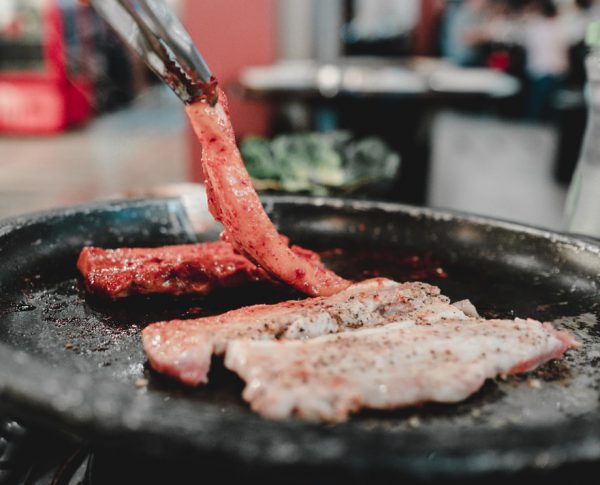Last Updated on June 10, 2023
You probably know pesto as the divine sauce that boosts pasta to a whole different level, but if that’s the only way you’ve been using it so far, it’s time you reconsider its versatility and power.
Pesto goes great with pizza, lasagna, vegetables, rice, meat…Seriously, is there anything that the brilliant, herbaceous pesto can’t make better?
Pesto is an absolutely multipurpose condiment that’ll help you aromatize anything instantly. And it’s super easy to make at home too.
Let’s talk about how you can make pesto yourself and what pesto can do for you in return.
A Breakdown: What Is Pesto?
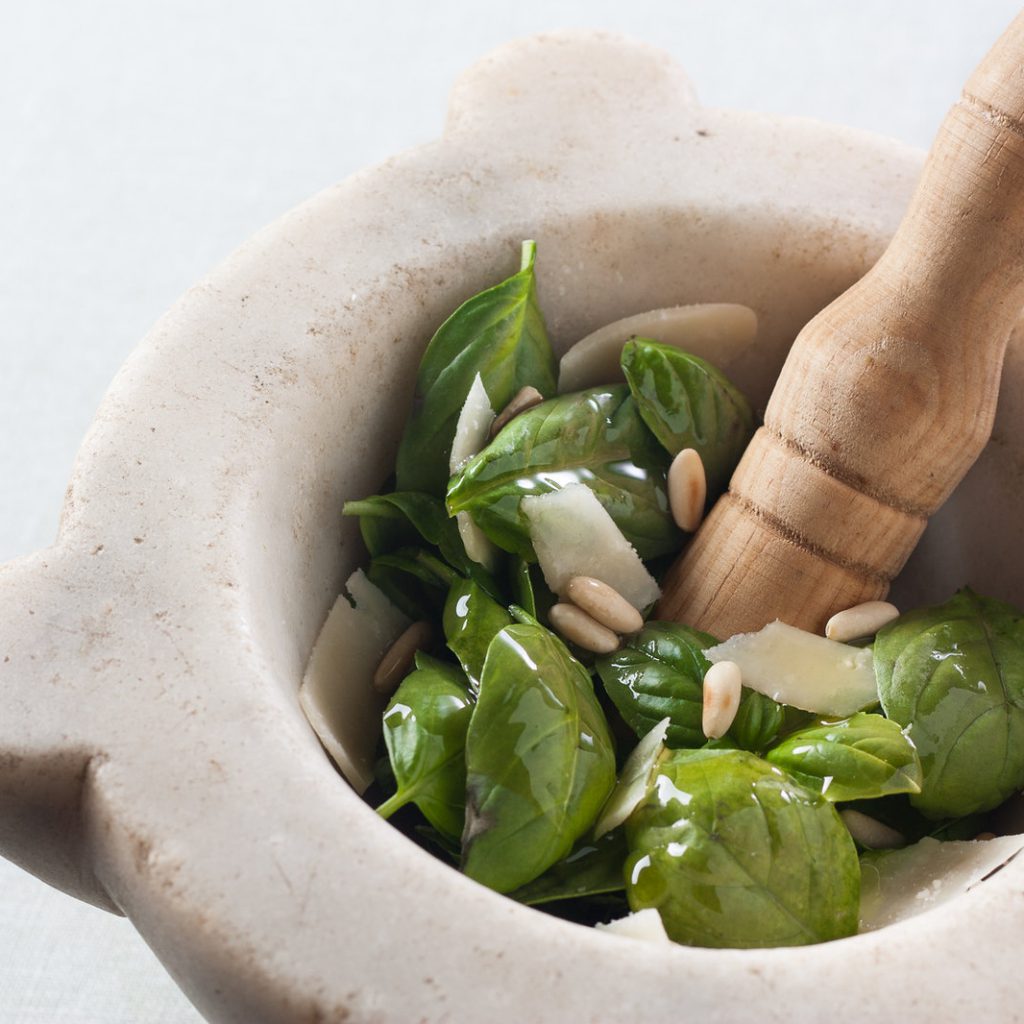
By eNel Mondo
When someone mentions pesto, most people automatically think of the delicious — but also very common — basil, pine nut, and garlic pesto. While there’s absolutely nothing wrong with that, if you’re not aware of the other variations, you are definitely missing out.
Down below, you’ll find some alternative pesto ideas for you to give a go and see whether you’ll find a new favorite — which we’re hundred percent certain you will.
The word pesto actually comes from the verb pestare, which means “to crush” in Italian. Before the basil, garlic, and pine nut pesto turned into the Kleenex of all pesto, Genoese chefs used the word to refer to a variety of condiments. So, as you can tell, pesto has no boundaries, as long as you turn it into a crushed paste.
How to Make Homemade Pesto
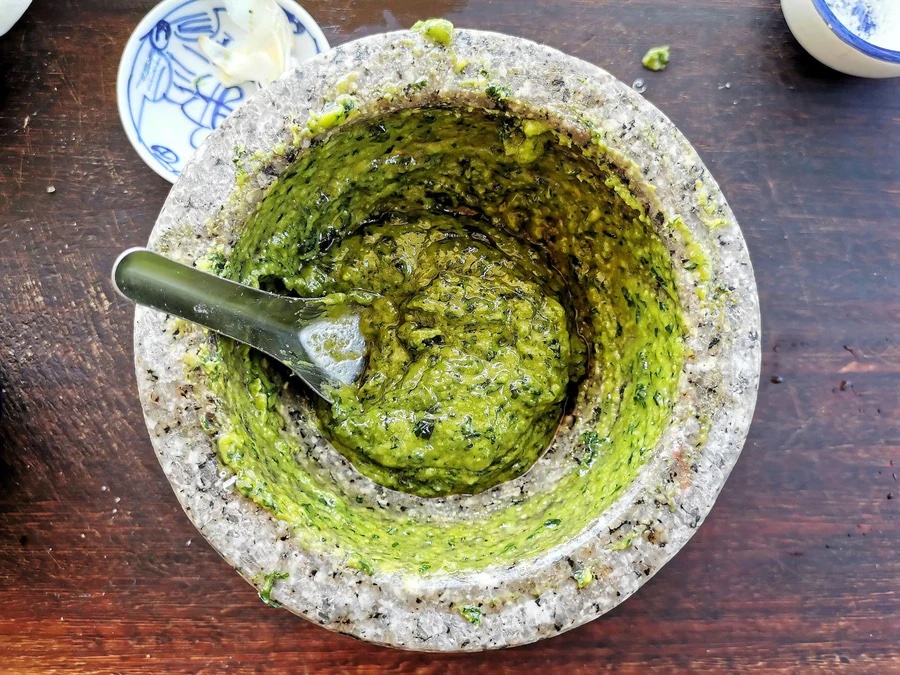
There are many recipes that chefs around the world claim taste better when made by hand. There is no easier case to prove this theory than pesto and maybe aioli.
Making pesto at home is very easy. You just blend all the ingredients for a few minutes in a food processor. But if you want to get the cream of the crop, or the ultimate aroma and flavors, grab your mortar and pestle set instead.
While making pesto in a mortar takes more time and physical exertion, once you taste your hand-made, creamy-but-textured pesto, it’ll make you forget every single pound. When done by hand, while each ingredient maintains its flavor, somehow new flavors emerge too, and the paste develops a sort of addictive spiciness.
Alternative Pesto Ideas
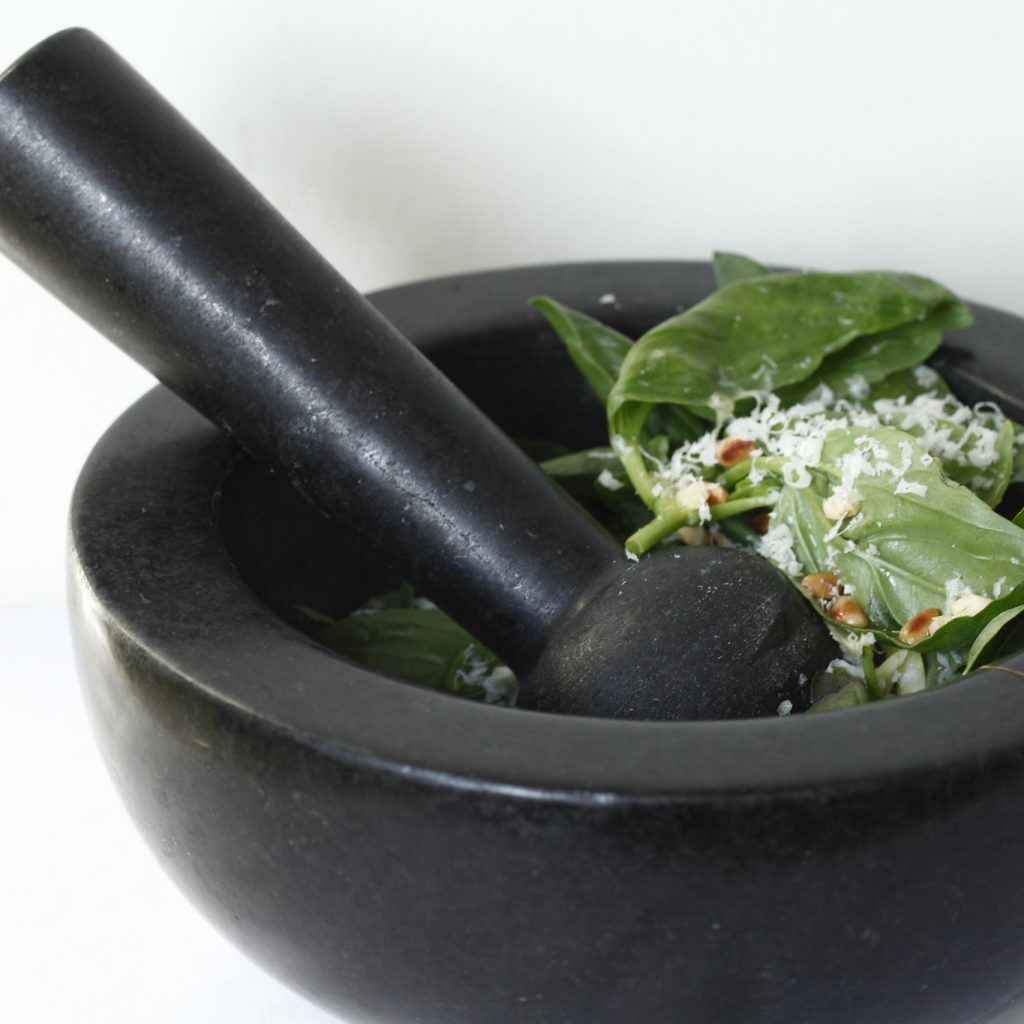
By Joan Ransley
As you might know, the regular pesto consists of basil, olive oil, pine nuts, and garlic, but you can make pesto varieties by using similar ingredients. Honestly, once you experiment enough and get the gist of mixing different aromatics, you can play around with different nuts, oils, herbs, greens, or even vegetables to create your own signature pesto.
Different combinations are always possible, depending on the ingredients in season and what you have in your pantry at the time.
Swap the Pine Nuts
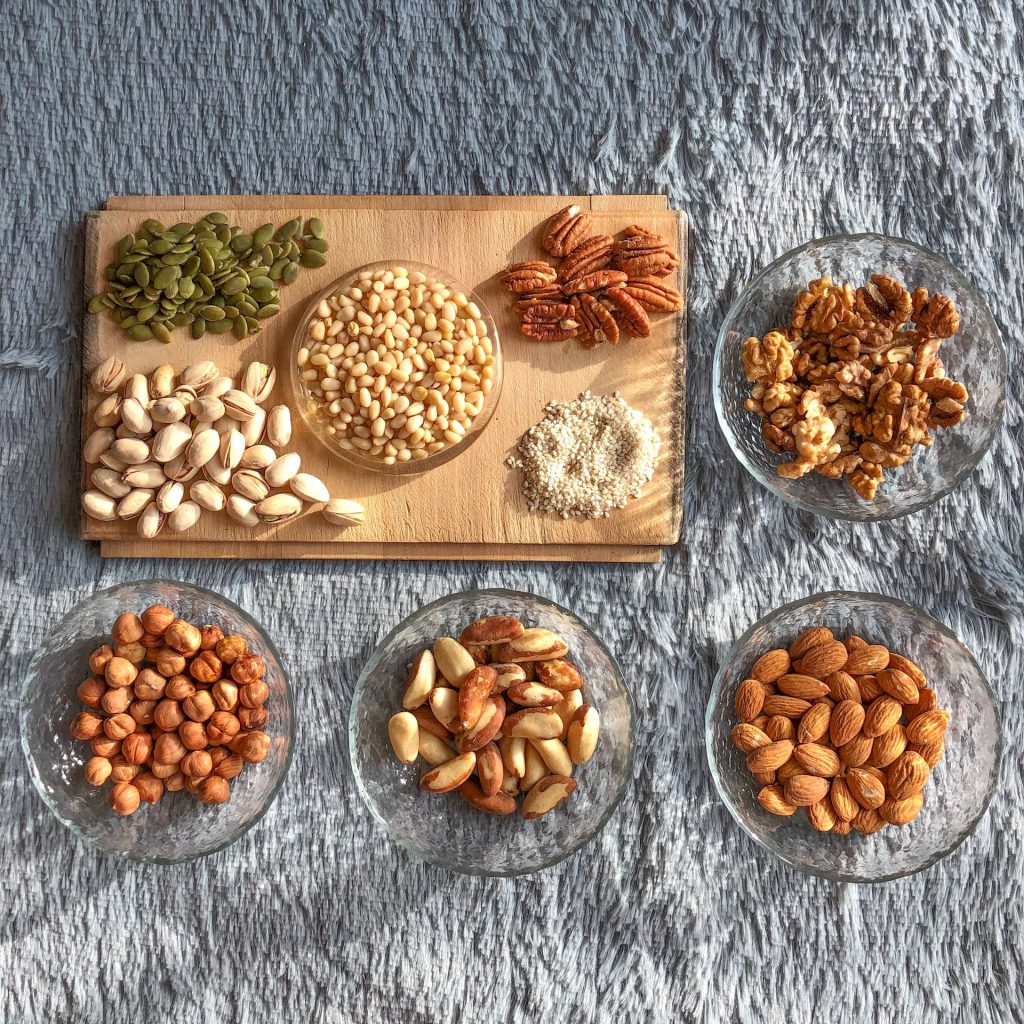
Pine nuts are delicious but can be a bit pricey to use in bulk. Incorporating other nuts in your pesto is a great way to make it on a budget and incorporate various nuts into your diet.
Almonds, cashews, walnuts, pecans, macadamias, pistachios, sunflower seeds, and pepitas all add that signature creamy texture and their specific flavors. Play around pounding different nuts in your mortar and see how they combine with different herbs and vegetables.
Use Other Herbs
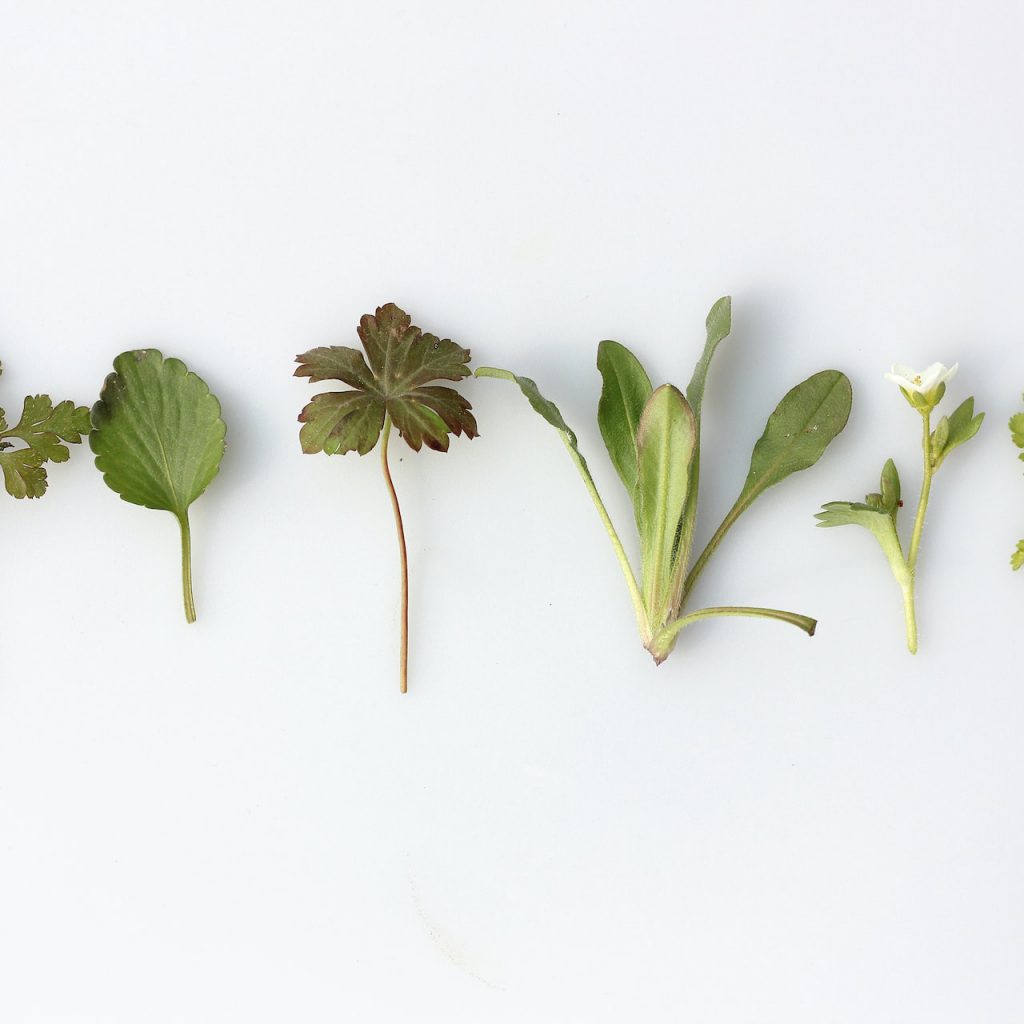
Basil does wonders in pesto, that’s for sure. But it shouldn’t keep you from going beyond it. For example, mint and pistachio is a superb aromatic combo with the power to transform a normal bean bowl into something spectacular.
Fresh rocket combined with walnuts makes for a spicy, mouth-watering paste. Rocket, also known as arugula, is a bit on the bitter side, so make sure to mix in some cheese to balance it out.
Another delicious recipe is combining parsley with lemon zest and garlic, a paste known as Gremolata. It does wonders in soups and stews and pairs well with fish, chicken, and roasted veggies. While you’re there, throw in some red wine vinegar, and you have chimichurri, Argentina’s famous fresh condiment.
Give Veggies a Try
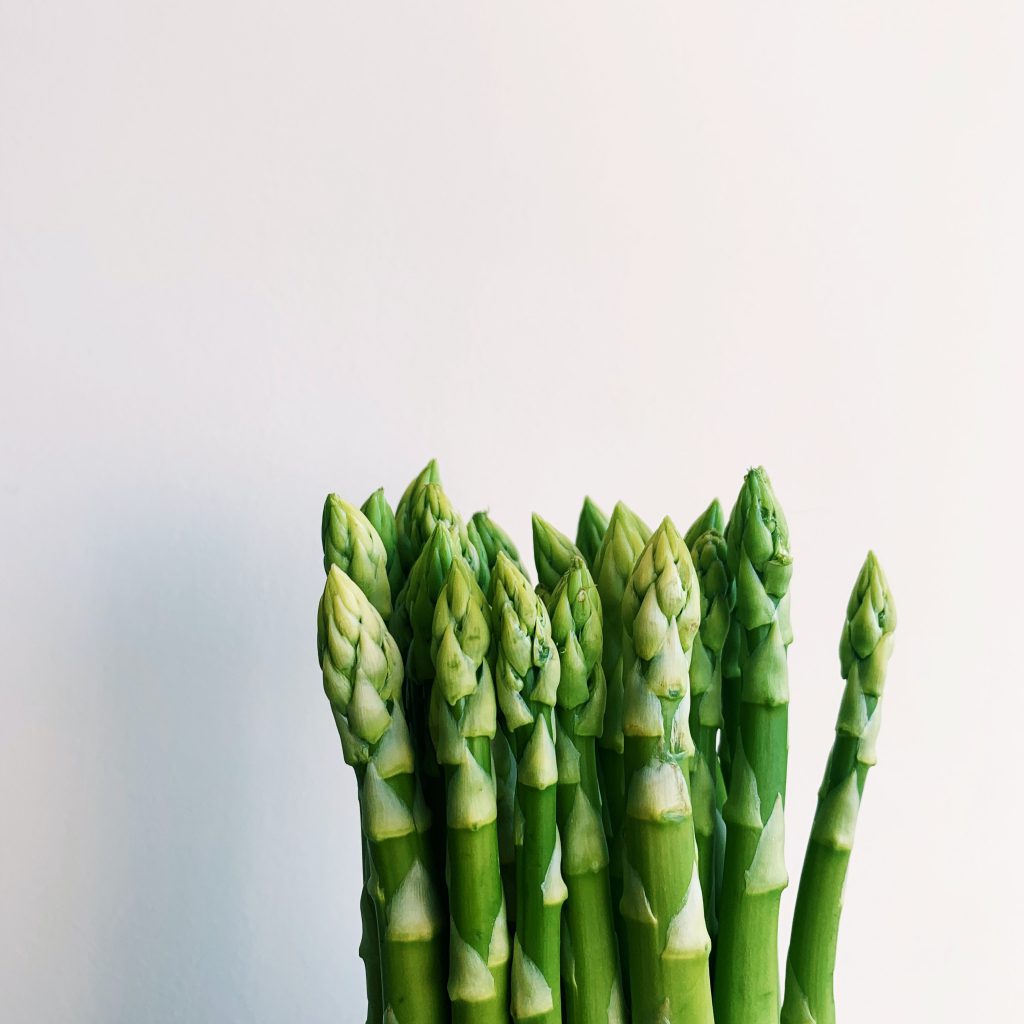
Spinach and almonds work great together in a humble way. Plus, spinach is easier to find all year round, and almonds are more cost-effective than pine nuts.
Another very accessible ingredient, especially during winter, is kale. A kale pesto is a perfect way to use up some extra kale at the end of the week. Even better if you like a touch of bitterness in your dishes. Just combine kale with walnuts, pecans, and almonds, or try something completely different.
Asparagus also makes a good pesto ingredient, adding substantial texture, a captivating color, as well as a nutritional boost.
Carrot top pesto is a fabulous way to make use of carrot tops. Carrots are available all year round, but spring is when they’re the freshest, and you can find them with their feathery green tops still attached. So the next time you’re at the farmers market, get your carrots with their tops and whip up a pesto out of them. Use something to balance the bitterness, like baby spinach or basil, and a creamier nut like cashews.
No one says you have to limit your ingredients to those with green hues. Try adding some sun-dried tomatoes or roasted red peppers for a pop of color and a pesto packed with umami.
Think Outside the Box
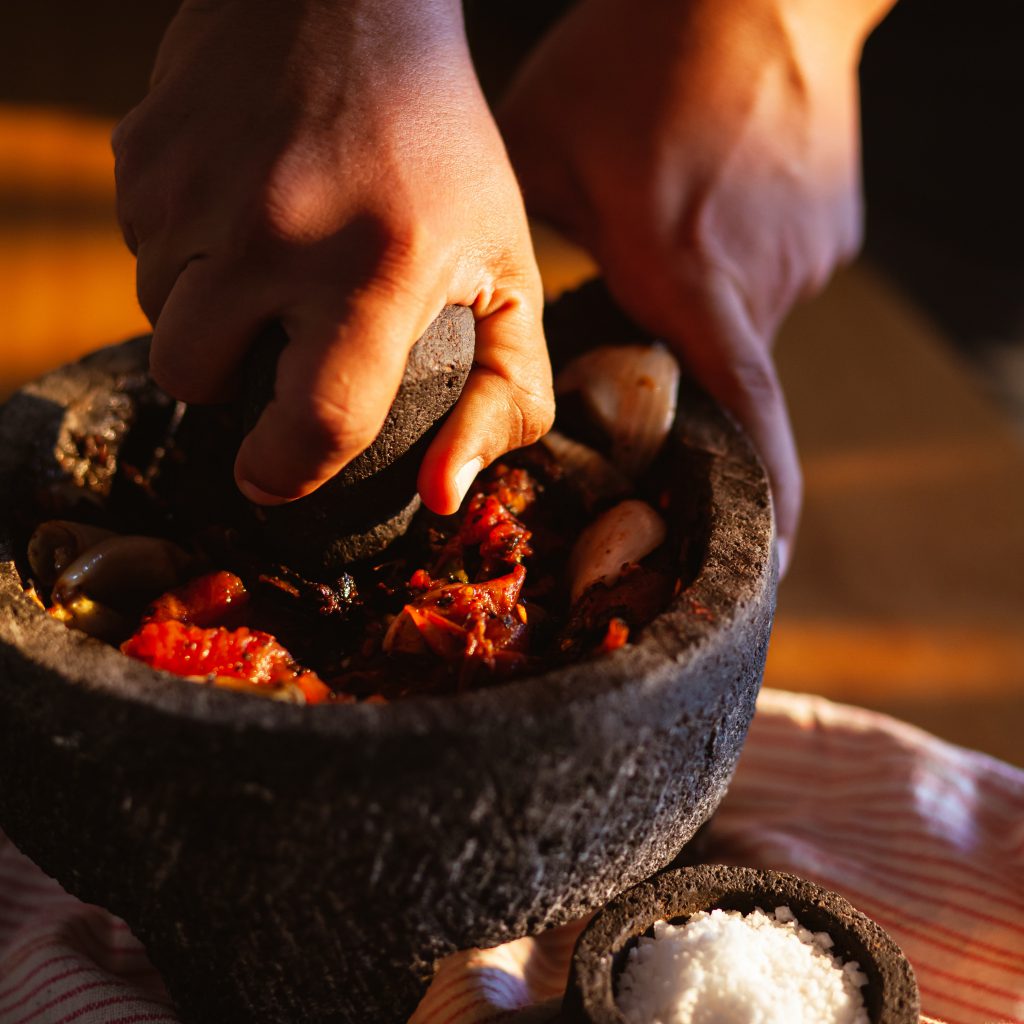
Nothing is set in stone in the pesto business. Check out this summery almond and lemon pesto recipe for instance. It proves you can create a good pesto even by using only a handful of simple ingredients.
Roasted garlic is another ingredient to elevate the pesto game. A good combination to make a flavor bomb is roasted garlic, cilantro, parsley, and mint.
Add some chili or honey to introduce more layers of flavor, add lemon juice for more brightness, or stir in heavy cream for extra richness. Whatever you do, don’t let making pesto at home seem like a chore.
When to Make Pesto?
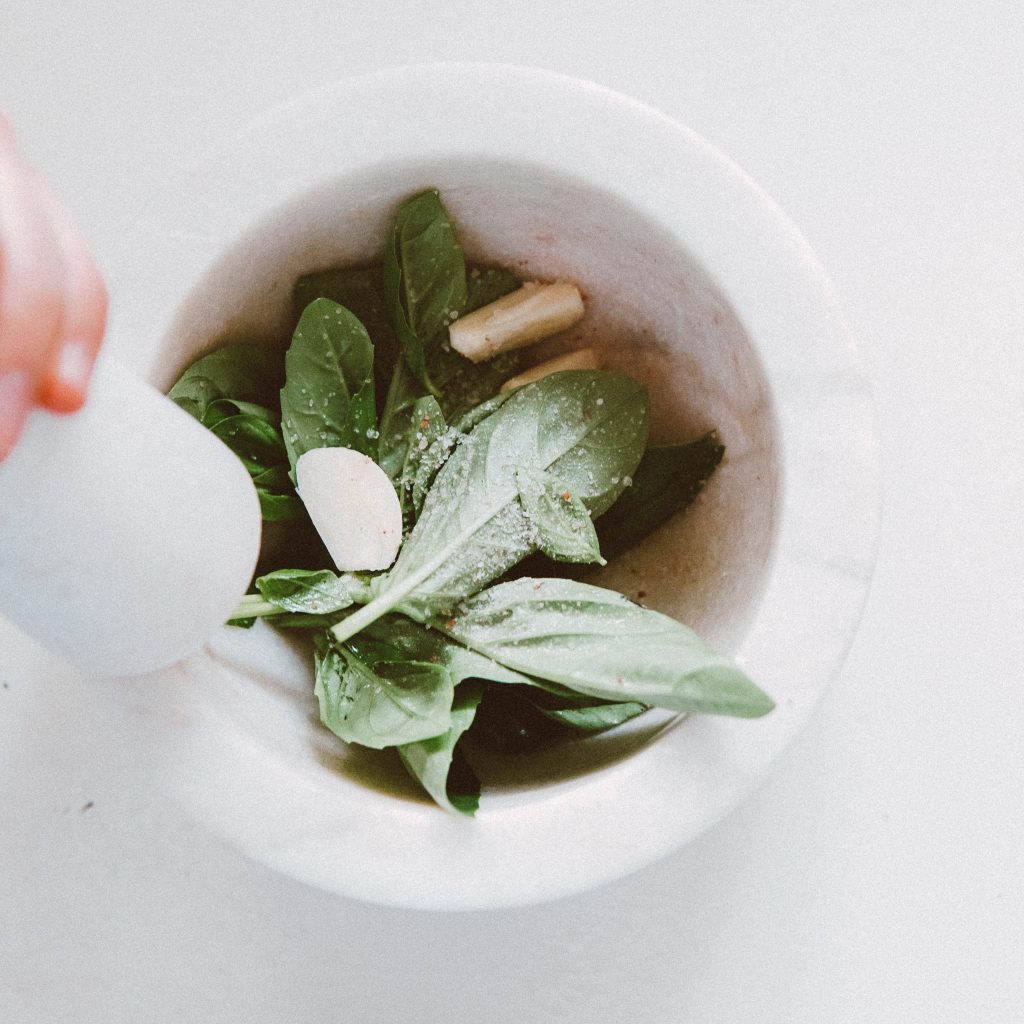
The generic pesto is typically made during the summer when basil flourishes everywhere. If you can’t get enough of that regular pesto, it’s a good idea to make plenty of it during the summer when the basil leaves are lush and full of fragrance— seriously, what else screams “make pesto” more than a lush basil bush?
Naturally, you can always replace the fresh basil leaves in your pesto with arugula, kale, asparagus, cilantro, or parsley. In that case, you can enjoy the condiment all year round.
How to Store Pesto?
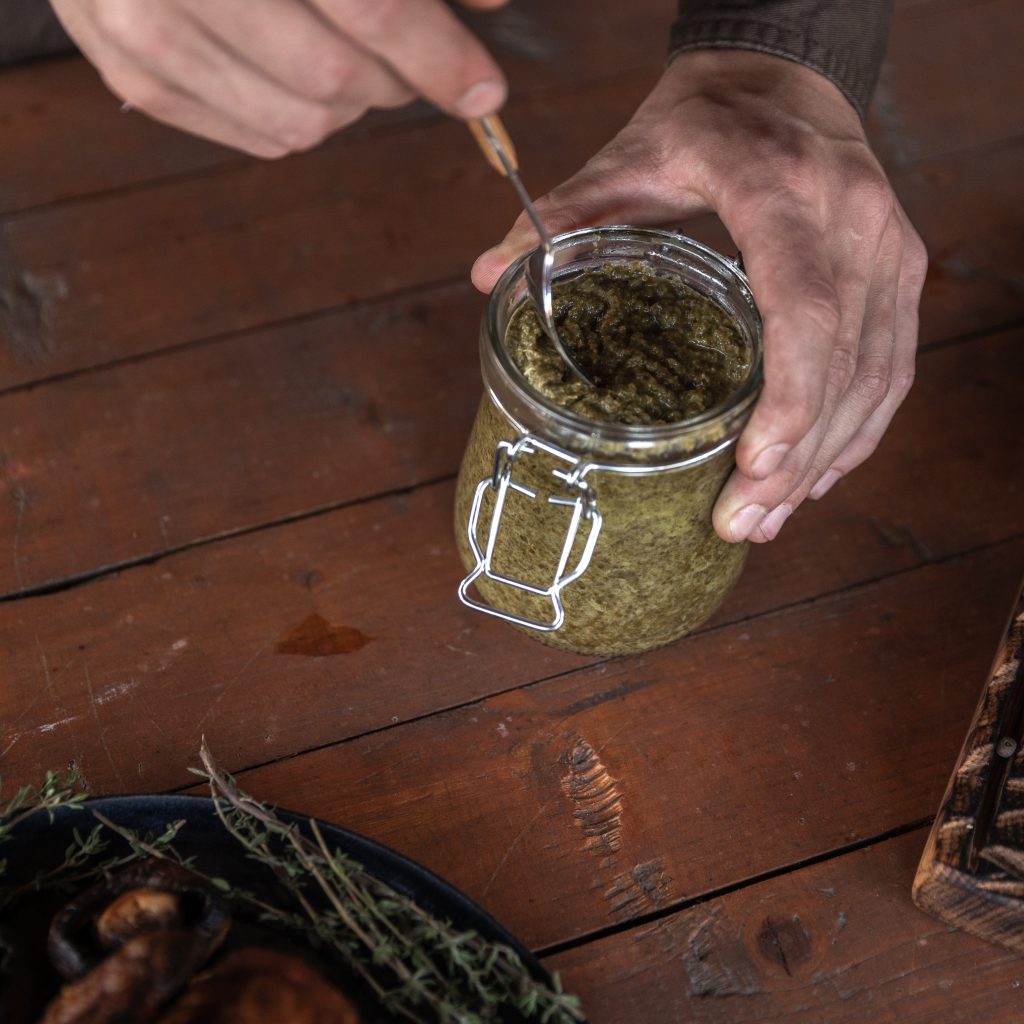
Pounded fresh leaves and raw vegetables don’t stay fresh for too long. Even if you pack your pesto with olive oil, you can’t keep it from going bad for more than three or four days in the fridge.
Putting leftover pesto to good use is as easy as falling off a log since it’ll happily transform any dish into something worthy of the spotlight. But if you do end up with some, you can always freeze it. So make a bigger batch, freeze it in an ice tray, and boom! You have pesto cubes to take out and use whenever you want!
The Best Uses of Pesto
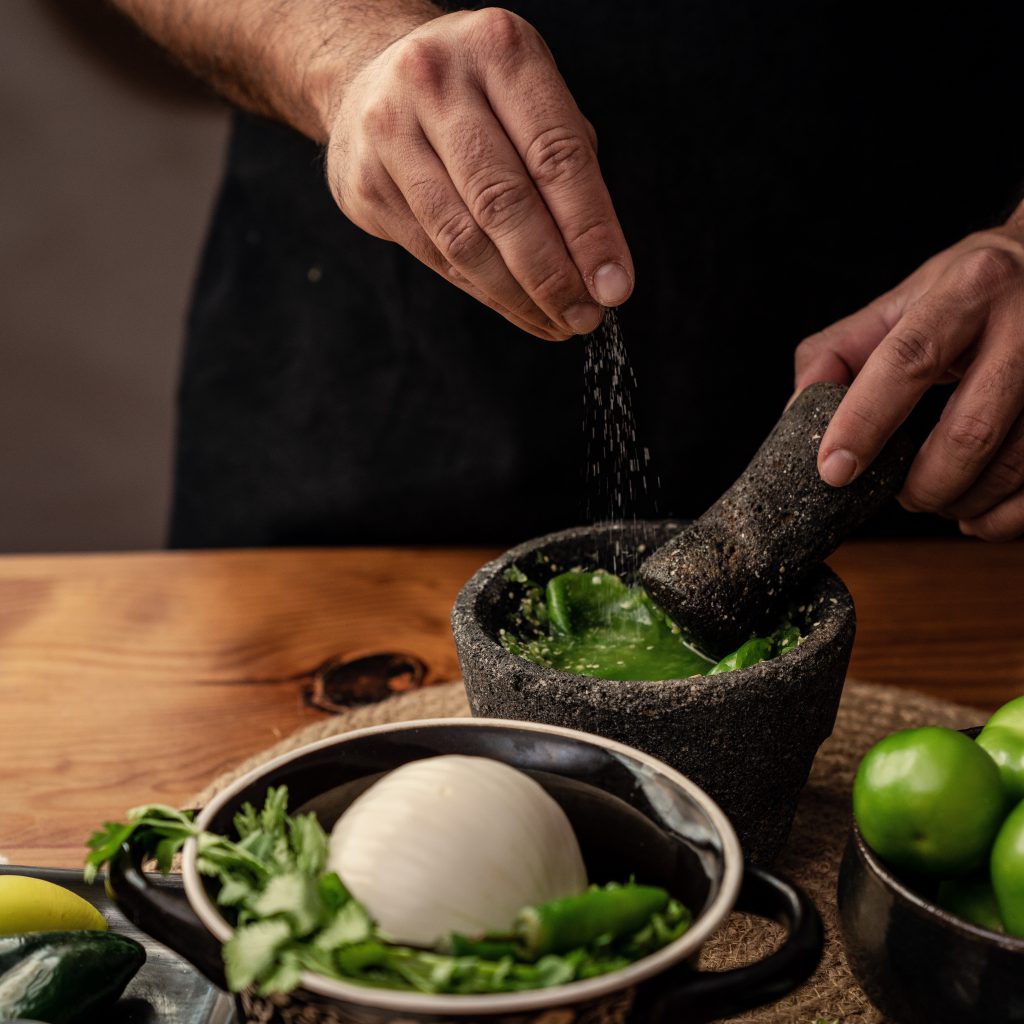
Since we established that pesto is an infinitely versatile sauce that can be made of virtually anything you see fit, we can talk about how you can use that new superpower with different dishes.
Pesto can accompany your dishes with elegance, and it’s great for garnishing your crackers for an easy appetizer at a gathering. Regardless of what you choose to do with it, you can be sure any kind of homemade pesto will quickly vanish from your fridge.
1. Toss With Pasta
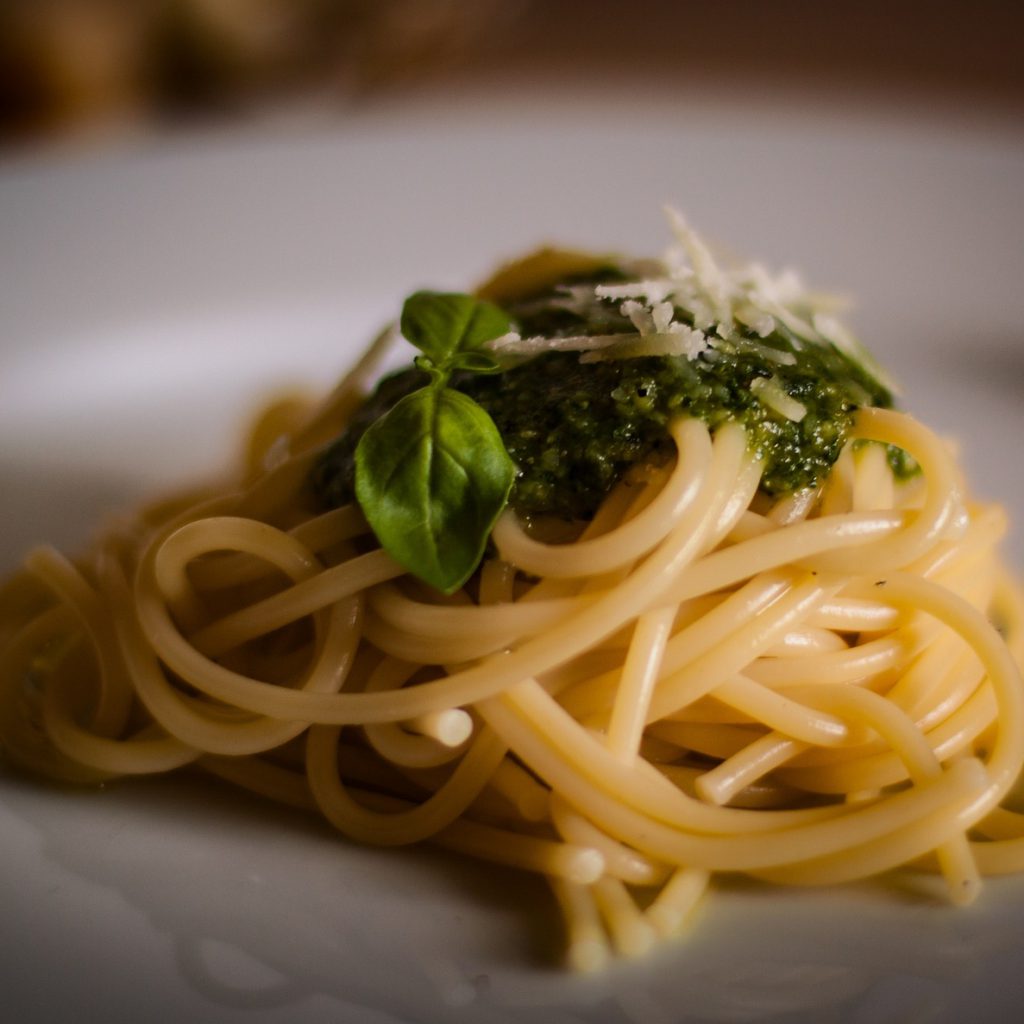
It’s true that pesto on pasta has been done almost to death by now. But it doesn’t change the fact that pasta is one of the most delicious vessels to enjoy a bunch of homemade pesto. After all, cliches are cliche for a reason. In other words, the infinite pesto pasta recipes on the internet are definitely useful. Just don’t limit your delicious pesto by using it solely with pasta.
2. Add to Lasagna
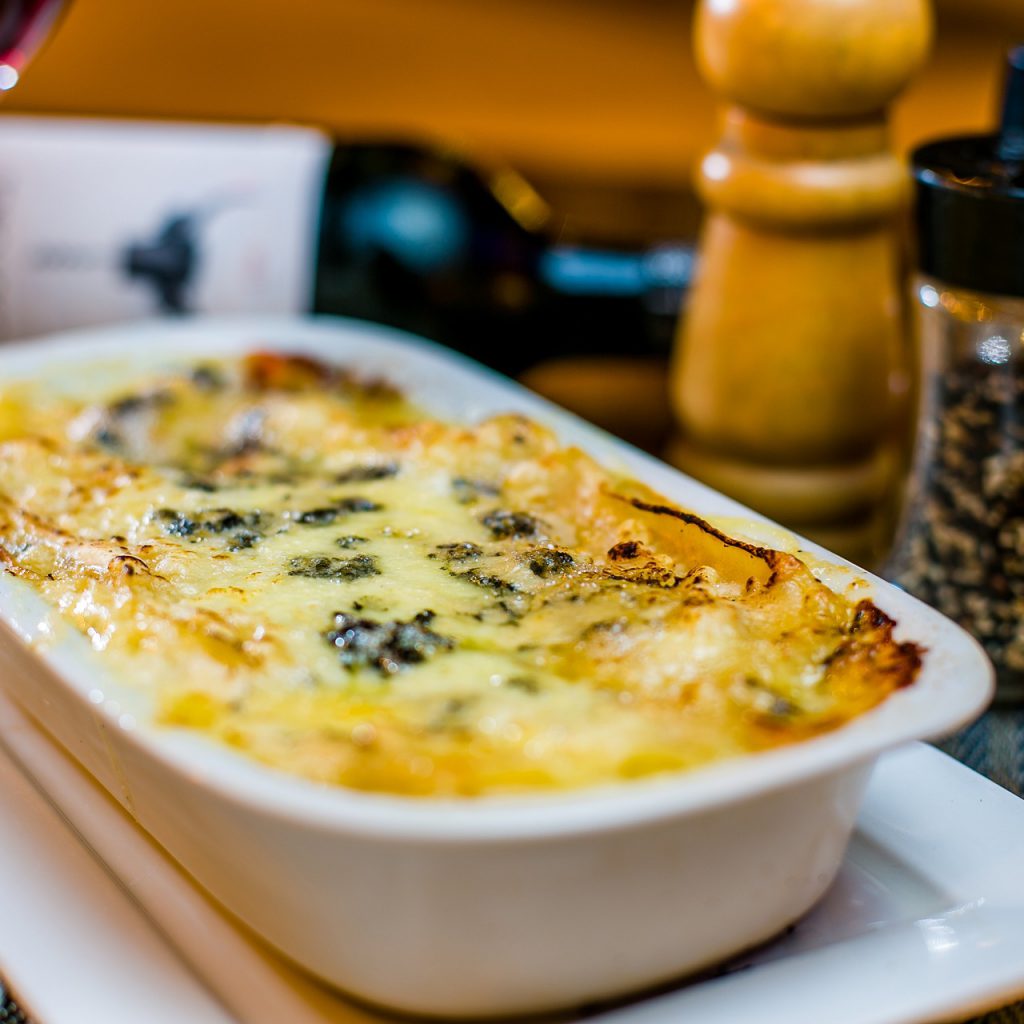
You can say lasagna is just pasta with extra layers, and you wouldn’t be wrong — lasagna sheets are actually made of the same dough as pasta. But lasagna offers greater bedding to whatever sauce you coat it with.
For that reason, it can be your go-to dish when you need to feed a hungry family on a busy day. Since it’s capable of holding much more sauce, be it meaty bolognese, tomatoey Neapolitan, or simply vegetables, it’ll hold much more pesto than you can get away with on pasta.
3. Top Your Pizza

We had to pay tribute to the holy trinity of Italian cuisine, which takes us to our last stop: pizza. You might be a pro pizza maker who keeps all the necessary tools nearby to toss a steaming Italian pizza whenever you crave one or an underground pizza enthusiast who follows all the alternative methods to make one. Either way, you’ll love some pesto on your pizza.
While pesto can complement most of the ingredients you might want to throw in, a bulletproof way is to combine it with fresh herbs and vegetables. Add asparagus, artichoke, Swiss chard, and broccoli, and top it with fresh lemony arugula. Who thought pesto could bring pizza into your healthy eating journey?
4. Slather Pesto on Your Sandwiches
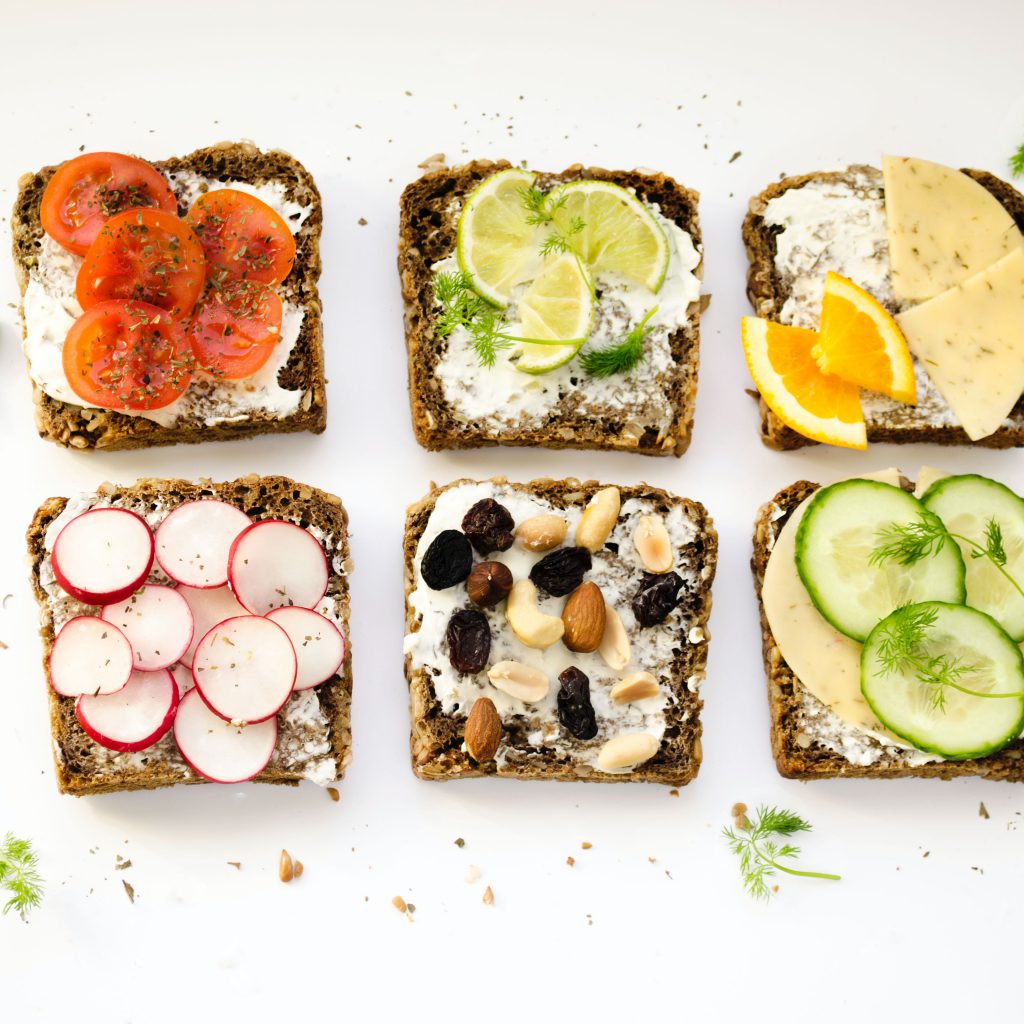
If it’s time to make comfort sandwiches, look no further! Whipping up some veggie pesto takes some time, but a few extra steps are absolutely worthwhile. Regardless of what you throw in between the buns – Italian prosciutto, shredded chicken, roasted beef, boiled eggs, grilled or raw vegetables – a slather of creamy pesto that leaks into the notches of the bread is a perfect compliment to all.
Depending on the type of pesto you have, you can add different layers to the flavors you already have in between the buns and end up with a sophisticated sandwich that you can’t get enough of.
5. Garnish Steamed Vegetables
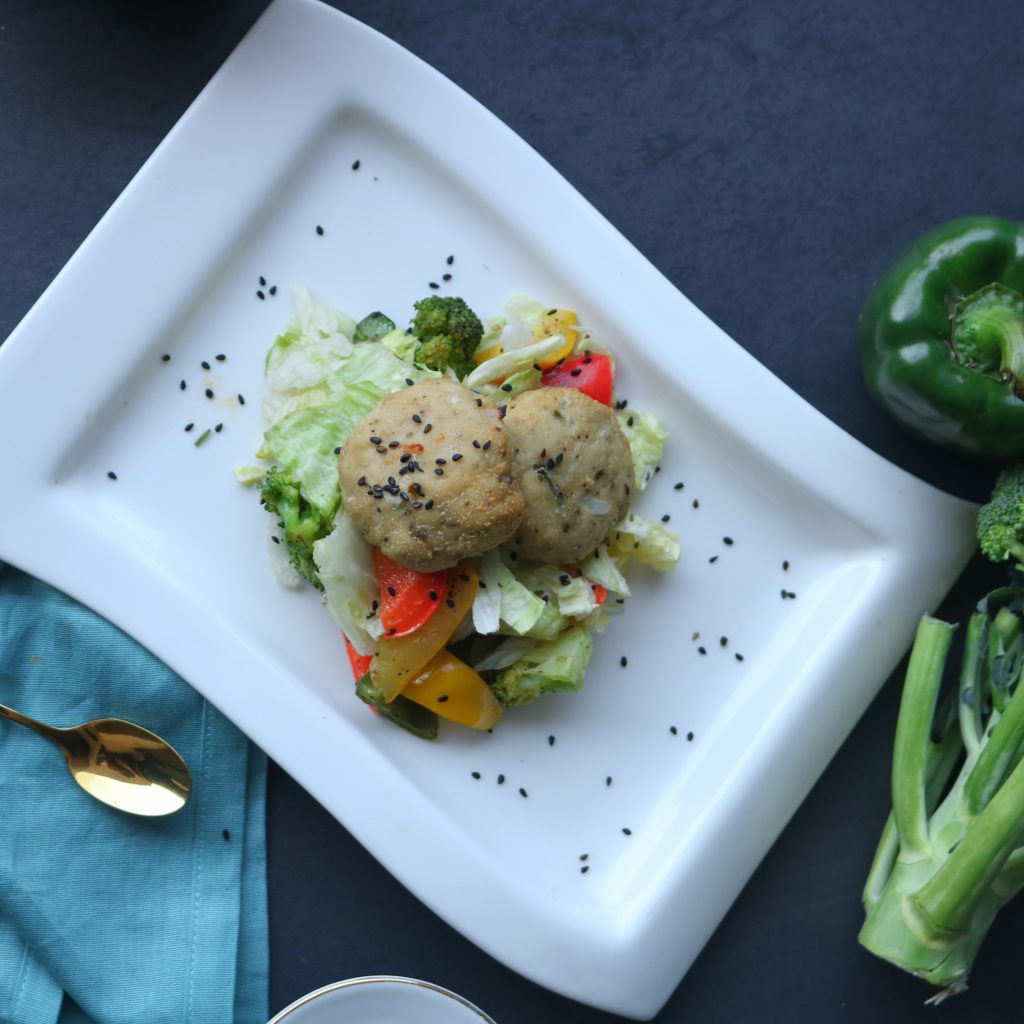
If you’re a serious healthy food lover, pesto is a condiment that’ll make your steamed veggies irresistible.
The huge misconception about steams, same as with most healthy food, is that they have to be bland. But if you adjust your aromatics, seasonings, oil, and acid accordingly, you can make some killer steams, and pesto is the perfect condiment to achieve that.
The combination is already delicious, but if you find yourself looking for more complex aromas, drizzle some hot sauce or vinegar on top.
6. Garnish Roasted Vegetables
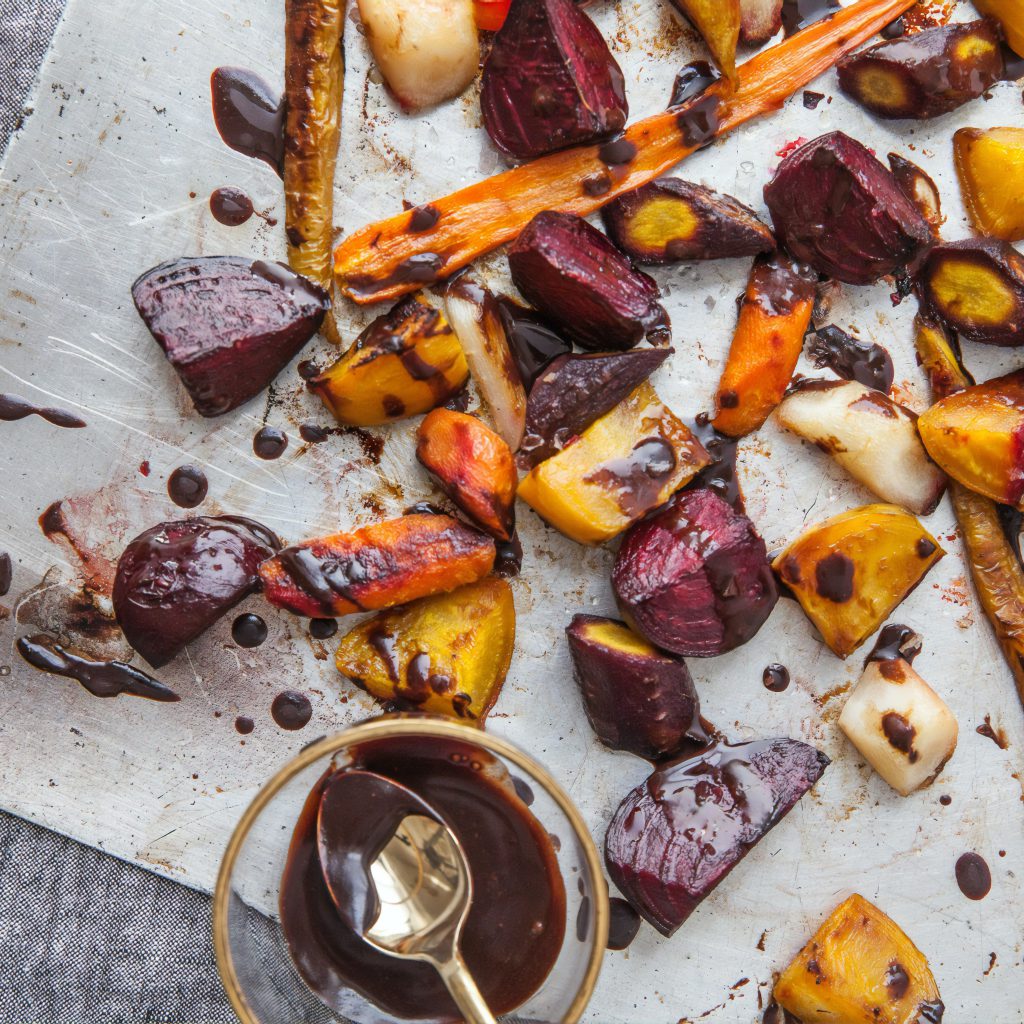
Hearty roasted vegetables, such as purple potatoes, turnip, celery root, and maybe parsnip, are a wintertime classic. To make a zesty take on this timeless classic, drizzle some veggie pesto after you take it from the oven or use it as a dip.
It’s okay if you want to keep things simple; roast some sweet potato and drizzle with parsley walnut pesto or another variation. Works great whit charred veggies, too.
7. Drizzle on Bowls

A bowl with grains, greens, and vegetables is a complete meal solution, giving you all the nutrients you need. That’s why we think bowls should be more charming, and the way to do that is to dress them with some complex flavors that’ll coat everything in the bowl, making you think about the next bite while still chewing the one in your mouth.
If you’re making a rice bowl, mixing pesto into the base of the rice is a good practice. If you have other things in there like quinoa, farro, barley, or couscous, you can just drizzle pesto on top of everything. It’ll make your bowl so much more than the sum of its parts!
8. Dress Your Salads
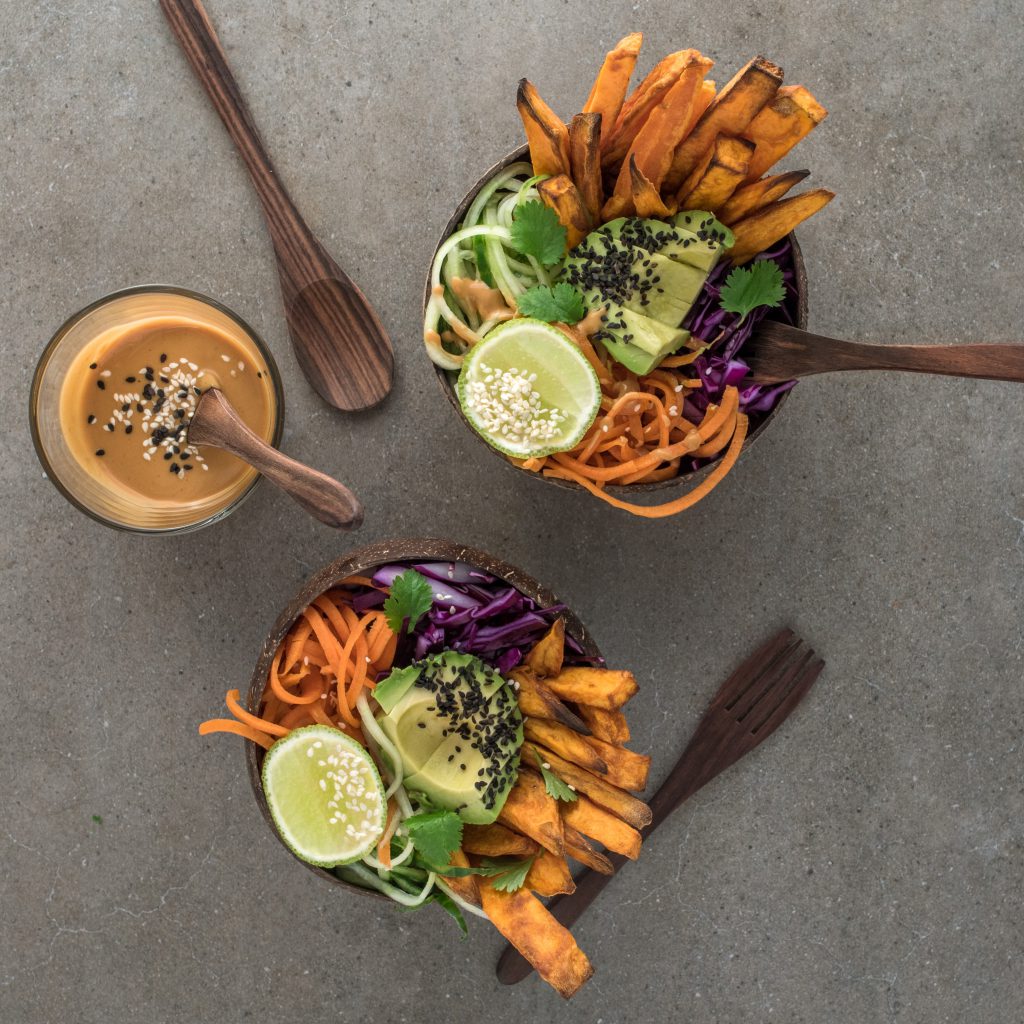
There are a few key elements to preparing a sumptuous salad. Fresh ingredients, different colors and textures, and, most importantly, a well-rounded salad dressing — can turn a good salad into a memorable one.
Any kind of pesto sauce can be your sidekick when preparing salads. And not just ordinary spring salads, too. For example, when you need a nice potato salad for the barbeque season, you can replace mayo with some homemade pesto. It also goes great with seared chicken if you want that extra protein.
9. Add It to a Burger
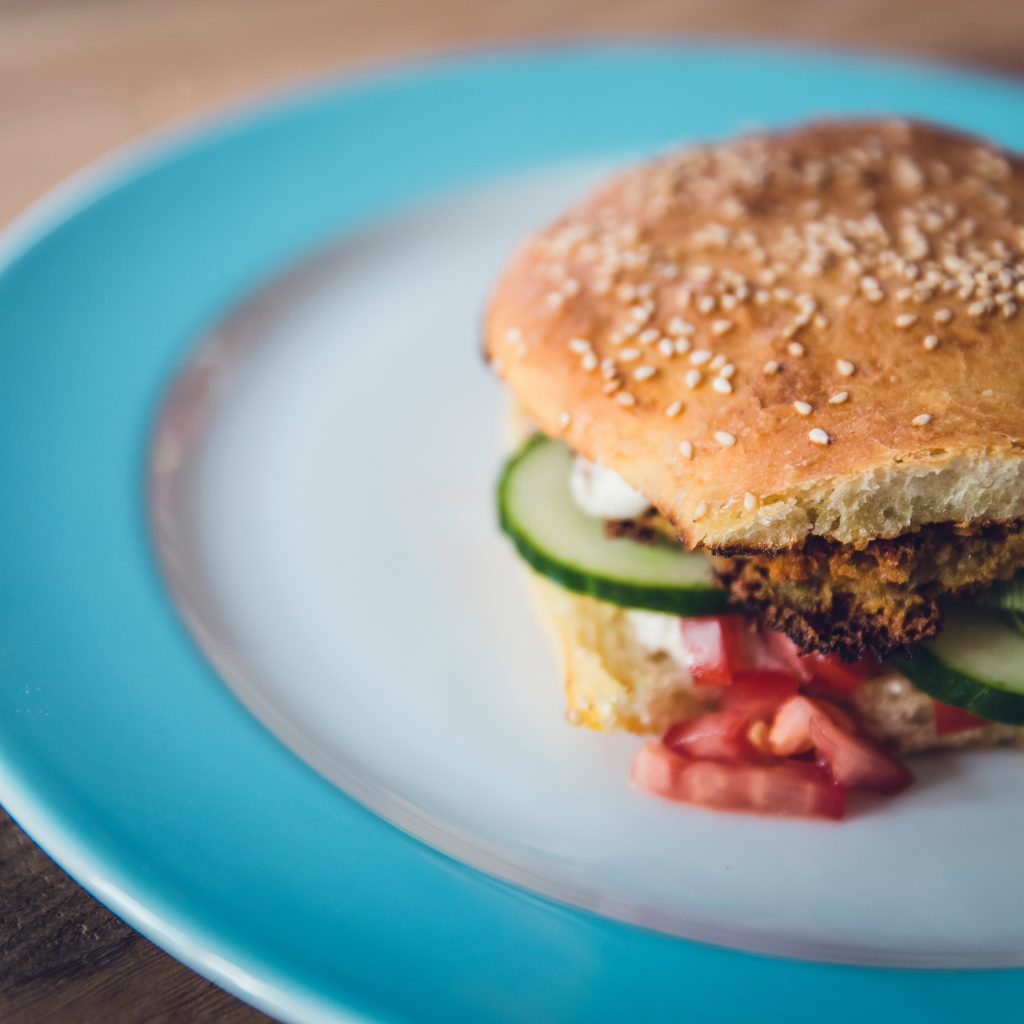
Pesto is a great way to elevate burgers, especially vegan burgers with marinated grilled mushrooms. It might not be the best compliment if you want a classic burger with greasy cheese, ketchup, and all that jazz. But if you ever opt for a fresher burger, pesto can be your assistant.
10. Pair With Risotto

Risotto is a dish you make for people you love, as it takes quite a while to stir it to the perfect creaminess (unless you’re making microwave risotto).
In fact, risotto doesn’t really deserve the bad rap for being a tricky and time-sapping dish. Ok, maybe a little, but that’s what you need to sacrifice to make a fancy dish. And if you want to mix things up a bit and bring your risotto to another level of fancy, try mixing some homemade pesto in there when you take it off the heat.
11. Combine It With Grilled Chicken
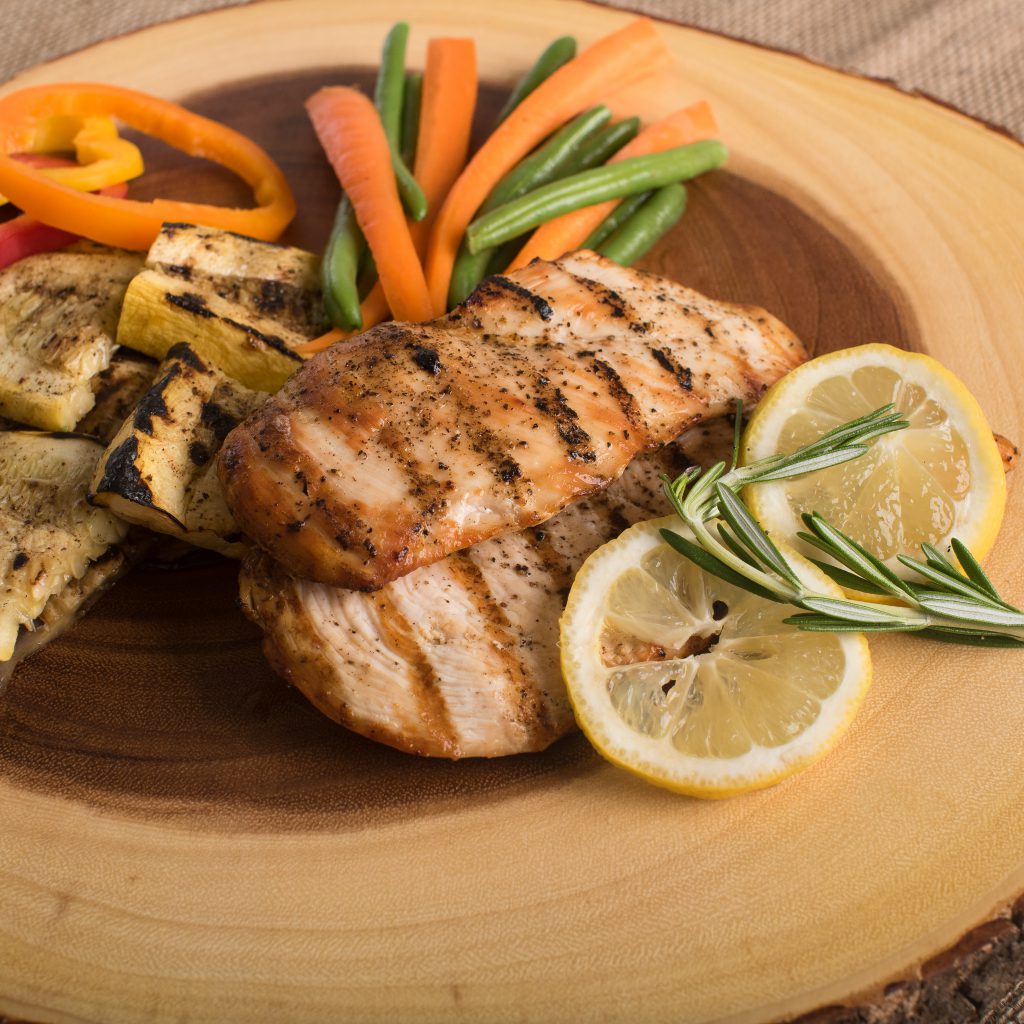
Adding fresh pesto to grilled chicken is a simple way to get staggering flavor with light ingredients. For example, chicken breasts are infamously known for being dry and bland, but if you pound the thicker ends, cook them evenly, and sauce them up with some complex aromas like the fresh pesto you just pounded, they can be your next comfort food.
12. Combine It With Red Meat
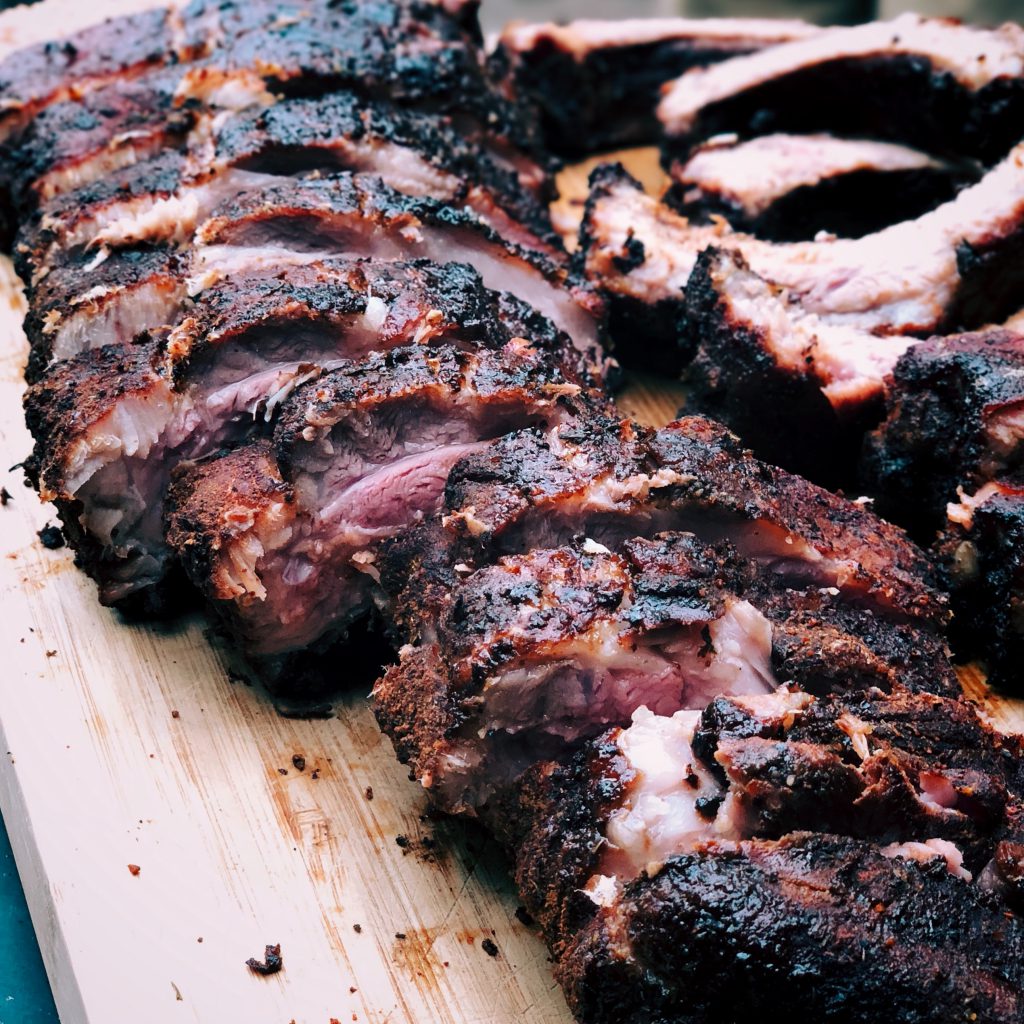
Pesto pairs amazingly well with red meats like meatloaf, grilled steak, or pork chops. Tossing some pesto over sizzling red meat is a great way to complete your dish and saves you from worrying about seasoning or marinating the meat. But if you want to marinate it anyway, you can also do it with pesto.
13. Grilled Seafood

Adding a dab of fresh pesto to grilled seafood like fish or shrimp is maybe the easiest way to have a light, bright, and also gourmet summer meal. Serve them over a bed of greens or mix them with pasta for a more carb-loaded meal.
14. Add It to Cold and Hot Soups
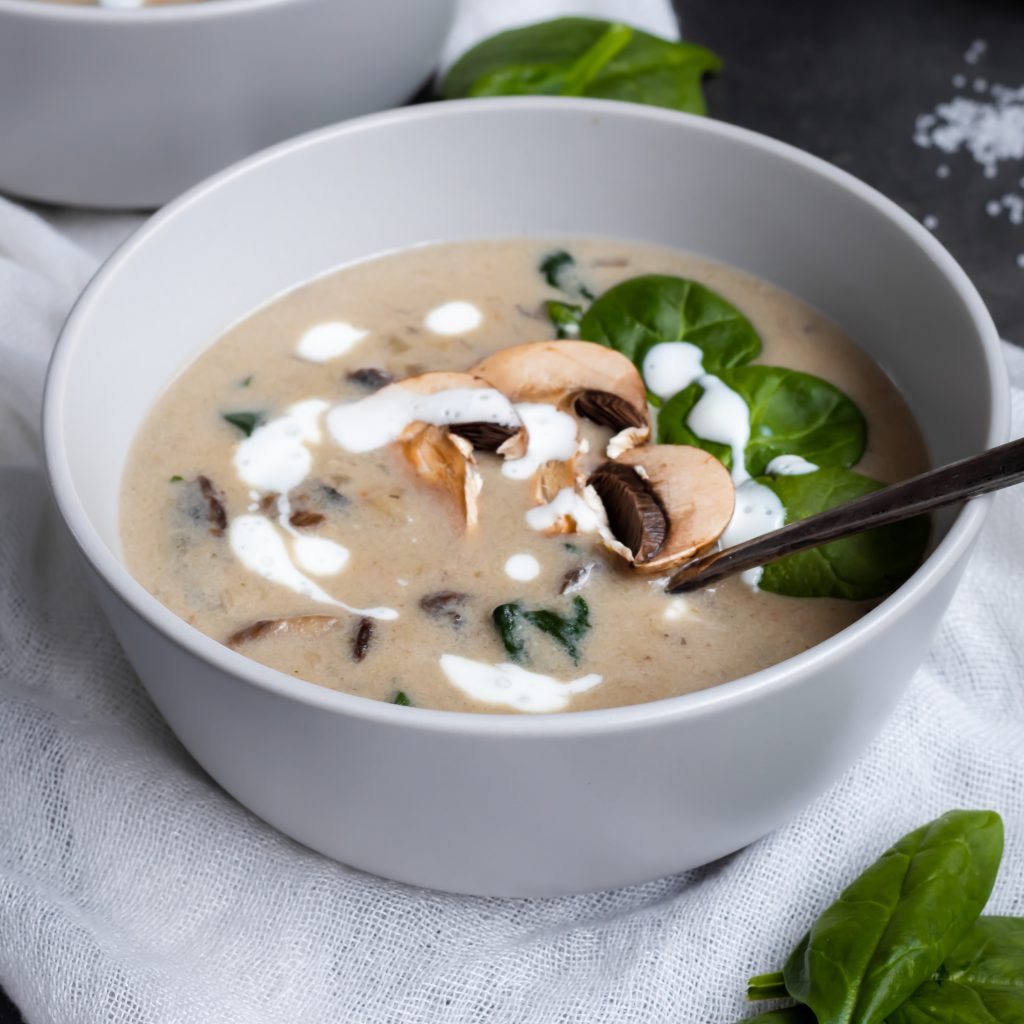
Stirring a scoop of pesto into any kind of soup instantly elevates the flavor. Summer vegetables naturally pair well with fresh herbs like parsley, mint, and basil. Try adding a veggie pesto like bell pepper or kale for heartier winter soups. You can mix and match them and see what happens. Make sure you add in the pesto before taking the soup off the heat.
And for the cold soups, a fresh addition is always welcomed. Try adding basil, mint, or parsley pesto to your gazpachos, tzatzikis, or a bowl of Polish cucumber soup.
Over and Out!
Most people don’t know that pesto is actually the generic term to describe any paste or sauce traditionally made in a mortar. So, unsurprisingly, there are numerous pesto variations and numerous ways to use each one of them.
Pesto is one of the things that shine even more when done with primitive technology, a.k.a. mortar and pestle. Once you taste a batch made by smashing ingredients in between two rocks, you’ll never want to go back to blender pesto.
We hope this post has inspired you to whip up some creamy pesto, either with basil or some other ingredients in your fridge, and appreciate the power of your mortar and pestle. If you don’t already have a set and are in the market for one, check out our guide to choose the best mortar and pestle set for your kitchen.




